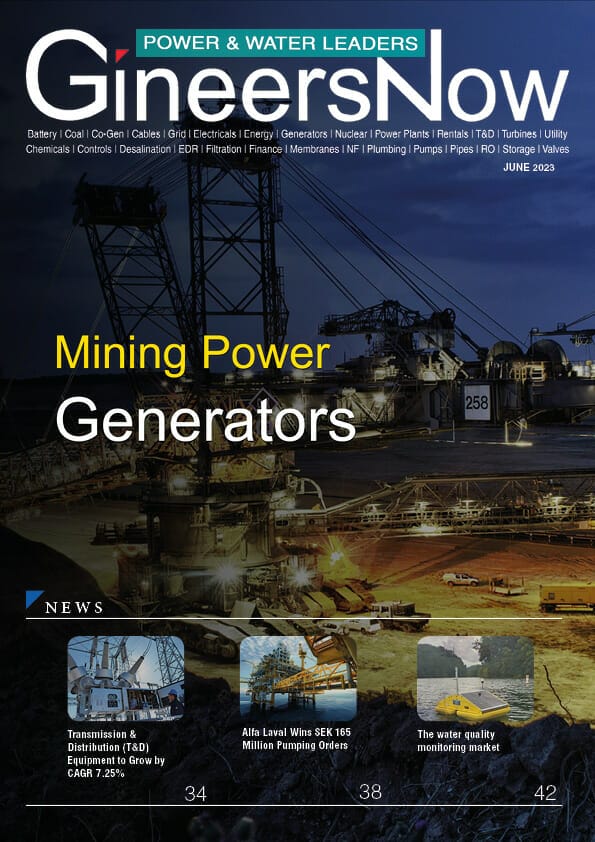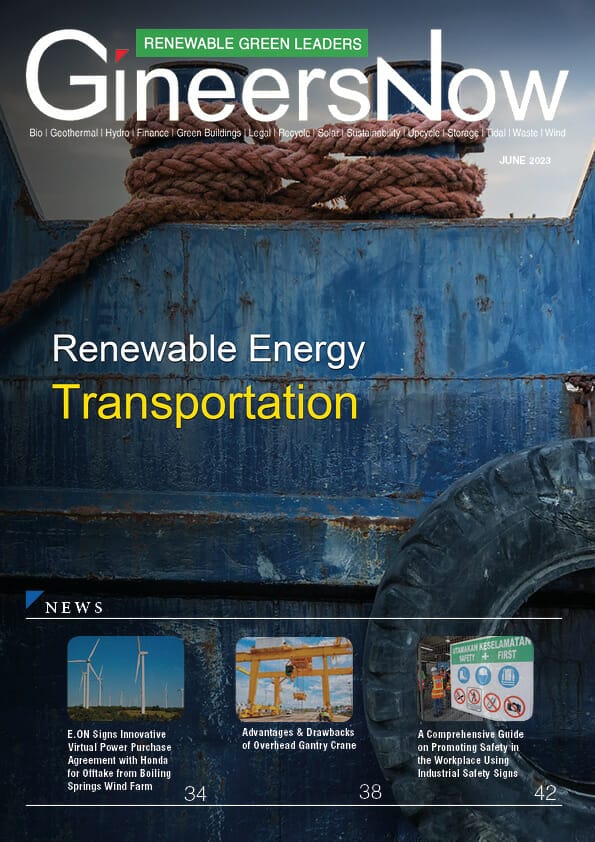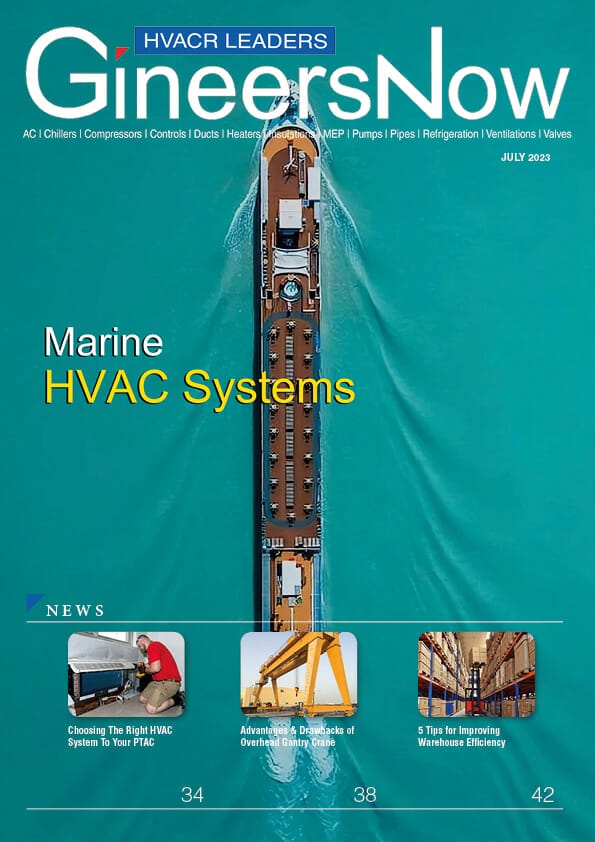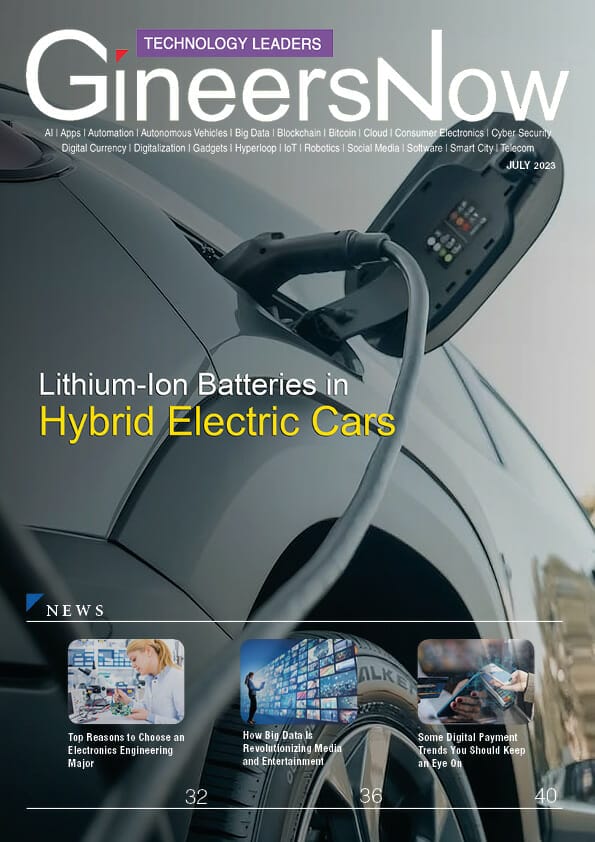Mining power generators are essential for any mining operation, providing the necessary electricity to power heavy machinery and equipment. However, as with any technology, there are both advantages and disadvantages to its use.
On the one hand, mining power generators can be a reliable source of energy in remote locations where grid connectivity is limited or non-existent. They can also provide backup power during outages or emergencies. Yet, on the other hand, they require significant financial investment and maintenance costs, not to mention potential environmental impacts such as noise pollution and emissions. In this article, we will explore the pros and cons of using mining power generators in more detail.
Explaining mining power generators and their significance
Mining power generators are essential components for all mining operations. These generators provide a reliable source of electricity that powers everything from the massive mining equipment to the lighting and ventilation systems in underground tunnels. Mining power generators come in different sizes, depending on the size of the mine and the amount of energy required.
Modern mining operations require huge amounts of electricity, which can be difficult to obtain from traditional sources like coal or hydroelectric dams. As such, mining companies have turned to mining power generators as a cost-effective and efficient solution. These generators run on diesel or gas and can produce enough electricity to power entire mines for extended periods without interruption. They are also designed with safety features such as automatic shutdown systems in case of an emergency, making them ideal for use in hazardous environments like mines.

Advantages: Advantages of Mining Power Generators
Mining power generators have emerged as an invaluable source of power for the mining industry in recent times. These generators are designed to provide a consistent and reliable source of electricity, ensuring that mining operations can continue uninterrupted even in remote locations. One significant advantage of using mining power generators is their cost-effectiveness over traditional sources such as grid-tied electricity or diesel generators.
Mining companies across the globe have been relying on mining power generators to meet their energy demands. These generators are equipped with advanced technologies such as fuel-efficient engines, digital controls, and remote monitoring capabilities that allow them to operate at optimal efficiency levels. Mining power generators are highly adaptable and can be customized to meet specific requirements based on the mine’s location, size, and energy usage needs. They also come equipped with safety features that make them ideal for use in harsh environments where other sources of energy may not be viable options.

Reliability, cost-effectiveness, self-sufficiency, and versatile applications
Mining power generators have become an essential part of the mining industry due to their numerous advantages. The first advantage is reliability. Mining operations require a constant power supply, which means that power outages and interruptions can cause severe disruptions and losses. With mining power generators, however, you can be assured of a continuous and reliable source of energy even in the most remote locations. This ensures that your operations run smoothly without any hitches or delays.
The second advantage of mining power generators is cost-effectiveness. Setting up permanent power infrastructure can be expensive and time-consuming, especially in remote areas where there are no existing grid connections. On the other hand, renting or purchasing a mining generator can save you significant costs associated with building permanent infrastructure while also providing flexibility for scaling up or down depending on your energy needs.
Another advantage of mining power generators is self-sufficiency.

Disadvantages: Disadvantages of Mining Power Generators
Mining power generators are essential for the mining industry as they provide a consistent, reliable electricity supply to remote and isolated areas. However, there are several significant disadvantages associated with these generators that should not be ignored. Firstly, they are incredibly noisy and can cause serious harm to miners’ hearing if they work in close proximity without protective gear. The constant noise pollution caused by mining power generators can also have a long-term impact on the mental well-being of workers.
Secondly, the emissions from mining power generators contribute significantly to environmental degradation. Diesel-powered generators release harmful pollutants such as nitrogen oxides and particulate matter into the air, which can lead to respiratory problems in miners and nearby communities. Moreover, these emissions also contribute significantly to climate change by releasing greenhouse gases into the atmosphere.
Finally, mining power generators require regular maintenance and fueling, which adds significant operating costs for mining companies.

Environmental impact, safety concerns, equipment maintenance costs
Mining power generators are commonly used in the mining industry to provide electricity to remote areas where there is no access to the national grid. While these generators have proved useful in powering mining operations, they also come with a host of disadvantages. One of the most significant disadvantages of mining power generators is their environmental impact. These diesel-powered machines emit harmful pollutants such as carbon monoxide and nitrogen oxides, which contribute to air pollution and climate change.
Besides environmental concerns, safety is another issue associated with mining power generators. The use of fuel in these machines poses a risk of fire or explosion, particularly when refueling or during maintenance activities. Operators must observe strict safety protocols while handling fuel, which can be time-consuming and expensive to implement.
Lastly, equipment maintenance costs represent another disadvantage of using mining power generators. These machines require regular servicing and replacement parts that can be expensive and difficult to source in remote locations.

Case Studies of Mining Power Generators
Mining companies rely heavily on power generators for their operations. These generators are used to provide electricity in remote locations where the grid connection is not feasible. Mining power generators come in various sizes and configurations, depending on the mining operation’s energy consumption needs. In this article, we will look at case studies of mining power generators and their applications.
One notable application of mining power generators is the extraction of minerals from underground mines. These mines require a constant supply of electricity to run drilling machines, conveyor belts, and other heavy machinery that extract minerals from deep beneath the earth’s surface. Power outages can cause significant downtime and result in lost revenue; hence, reliable backup power systems are critical for mining operations.
Another application of mining power generators is in open-pit mines, where large trucks, excavators, and shovels require high amounts of energy to operate efficiently. Mining power generators are also used in the production of salt and potash, which are obtained through the evaporation of water; they supply almost all of the electricity required to operate these plants.
Mining power generators can be used to power many different types of mining equipment.

Real-life examples of successful and unsuccessful use
Mining power generators are essential pieces of equipment in the mining industry. They provide reliable and efficient sources of energy for various activities at mining sites. However, their use can also bring about disastrous consequences when not managed properly.
One example of the successful use of mining power generators is at the McArthur River Mine in Australia. The mine uses a combination of diesel and gas generators to power their operations, resulting in significant cost savings compared to using grid electricity. The generators are also designed to be highly efficient and low-emission, reducing the environmental impact of their operations.
On the other hand, an example of unsuccessful use is the Mount Polley mine disaster in Canada. In 2014, a dam holding back waste from copper and gold mining operations collapsed, releasing millions of cubic meters of water and tailings into nearby lakes and rivers.

Future Prospects of Mining Power Generators
Mining power generators have become indispensable equipment in the mining industry. These machines are used to generate the electrical power required for running various tools and machines used in the mines. With advancements in technology, the future prospects of mining power generators look promising. One of the primary reasons behind this is that mining activities continue to expand, thus creating a need for more efficient and reliable sources of power.
The increasing demand for electric vehicles (EVs) has also contributed to an optimistic outlook on the future of mining power generators. The production and distribution of EVs require a lot of energy, making it necessary for miners to find alternative sources of energy, such as renewable energy solutions like wind turbines and solar panels. Mining companies can use these alternate sources along with their conventional diesel-powered generators, resulting in reduced carbon emissions while still meeting their electricity needs.
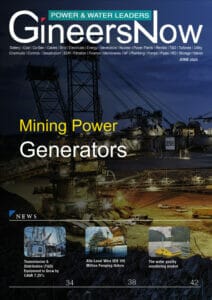
Emerging technologies and potential advancements
Mining power generators have come a long way since their inception. With the advent of new technologies, these machines are becoming more efficient and sustainable than ever before. Renewable energy sources such as solar and wind power are being incorporated into mining operations, reducing the reliance on fossil fuels. The development of smarter, autonomous generators has also made it possible to monitor fuel levels and anticipate maintenance needs in real-time.
One of the most exciting advancements in mining power generators is the ability to use waste heat for energy generation. This technology uses exhaust gases from engines and turbines to generate additional electricity, reducing emissions and maximizing efficiency. Some companies are also experimenting with using geothermal energy to power their mining operations, a process that involves tapping into natural sources of heat beneath the earth’s surface.
As we move towards a more sustainable future, it is clear that mining power generators will continue to be a critical component of our infrastructure.
Read GineersNow Power & Water Magazine for FREE
Final Thoughts: The pros and cons of mining power generators
In conclusion, mining power generators have both advantages and disadvantages. On the one hand, they provide a reliable source of energy to power mines in remote locations where there is no access to electricity. On the other hand, they can be noisy, expensive to operate and maintain and emit harmful pollutants into the environment. While advancements in technology have made these generators more efficient and eco-friendly, it’s important for mining companies to weigh the pros and cons before deciding whether or not to use them. Ultimately, it’s up to us as a society to find sustainable ways of meeting our energy demands without compromising the health of our planet.
Editor’s Note
Mining power generators are essential tools in the mining industry that help provide electricity to remote sites. These generators play a crucial role in powering heavy equipment and machinery, as well as providing lighting for work sites. However, like any form of technology, mining power generators come with their own set of advantages and disadvantages.
In this article, we will explore the benefits and drawbacks of using mining power generators. By examining both sides of the coin, we hope to provide readers with a comprehensive understanding of these tools and equip them with the knowledge needed to make informed decisions about using them in their operations.
Mining power generators have both advantages and disadvantages. On the positive side, they provide a reliable source of electricity to power mining operations in remote locations where grid connections are not feasible. Additionally, they can reduce dependence on fossil fuels by using renewable energy sources such as solar or wind power. However, mining power generators can also have negative impacts on the environment and local communities through noise pollution and emissions. Ultimately, decision-makers should weigh the pros and cons carefully before implementing these systems. It is essential to ensure that any potential environmental harm is minimized while also meeting the energy needs of mining operations.


